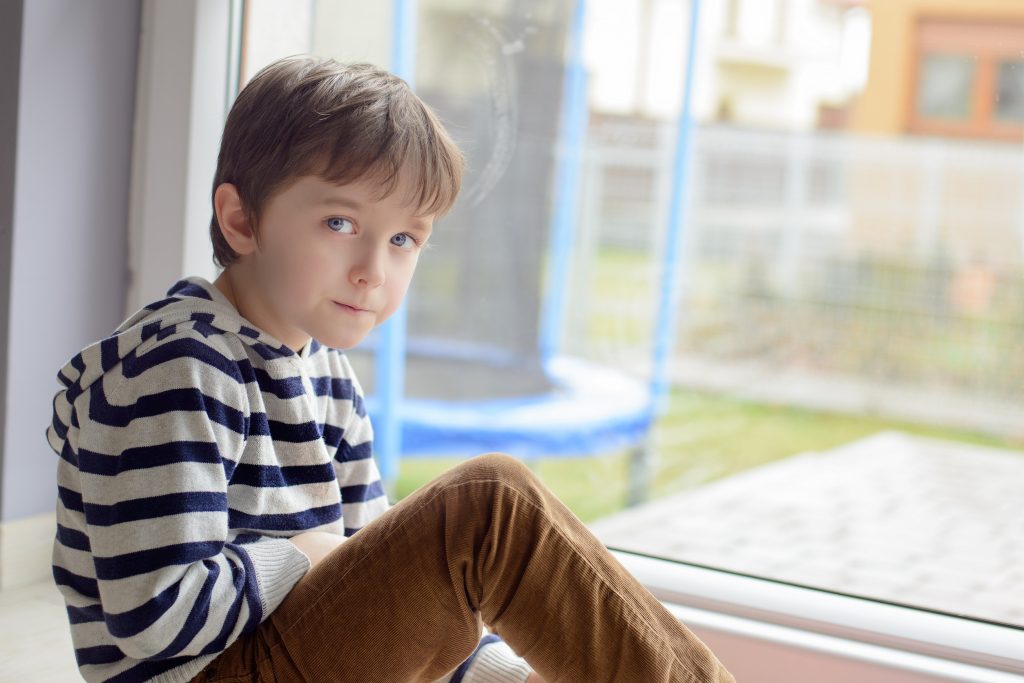
When parents think of children’s health concerns, the usual suspects come to mind—colds, ear infections, maybe the occasional stomach bug. But there’s one issue quietly affecting millions of kids, and it doesn’t show up on a thermometer or test strip. It hides in plain sight, often dismissed as “just a phase” or “attention-seeking behavior.” The most overlooked illness in children today is mental health issues, especially anxiety and depression—and it’s not only being missed, it’s getting worse. Recognizing and addressing it early can make all the difference in a child’s long-term health, development, and happiness.
Anxiety Isn’t Just an “Adult Problem”
Many parents still assume anxiety is something that starts in high school or adulthood, but it can take root much earlier. Children as young as five or six can experience serious anxiety symptoms, from sleep disturbances to physical aches with no medical explanation. When the signs go unnoticed, they can snowball into chronic emotional struggles. School refusal, meltdowns over routine changes, and perfectionism are just a few ways anxiety shows up in kids. Without support, children may internalize the idea that something is “wrong” with them instead of recognizing it as a treatable condition.
Why Depression in Kids Looks Different
Depression in kids rarely looks like lying in bed all day—it can show up as anger, boredom, or constant frustration. That’s part of what makes it the most overlooked illness in children. Adults might interpret these behaviors as attitude problems, laziness, or lack of discipline. But beneath the surface, a child might be struggling to make sense of sadness they can’t explain or shake. Catching early signs—like a loss of interest in favorite activities or changes in eating and sleeping patterns—can help prevent deeper mental health struggles down the road.
The Pandemic Made It Worse—And the Effects Are Lingering
The last few years have taken a serious toll on kids’ emotional well-being. Isolation, disrupted routines, and fear during the pandemic created a perfect storm for anxiety and depression to thrive. While things may seem more “normal” now, children are still feeling the ripple effects. The American Academy of Pediatrics even declared a national emergency in children’s mental health. It’s not just a blip—it’s a warning sign that the overlooked illness in children is rising fast and needs urgent attention.
What Parents Might Miss at Home
Even attentive, caring parents can miss the signs of mental health struggles. Kids often mask their feelings to avoid upsetting the adults they love or because they don’t have the language to explain what’s going on. Constant tummy aches, an unusual drop in grades, or becoming unusually clingy might be subtle cries for help. Parents should trust their instincts—if something feels “off,” it’s worth investigating further. Open conversations and a supportive home environment can encourage children to share what they’re experiencing.
Why Schools Aren’t Always Equipped to Help
While schools play a critical role in supporting children, they’re often stretched too thin to provide consistent mental health care. A single school counselor may be responsible for hundreds of students, limiting their ability to follow up on every concern. In some cases, kids act out or withdraw completely and get labeled as “problem students” instead of receiving the help they need. This is why parents must be proactive about advocating for their child’s emotional needs, both inside and outside the classroom.
What You Can Do to Help Your Child
Start by creating a safe space for emotional honesty at home. Let your child know it’s okay to talk about feeling scared, sad, or confused—no matter how small the issue seems. Normalize conversations around therapy and mental health support so your child sees it as just another part of self-care. If needed, seek out a pediatric therapist who specializes in anxiety, depression, or trauma. Finally, make sure your child is getting enough sleep, physical activity, and unstructured time to just be a kid. These are powerful tools in building emotional resilience.
A Future That Starts with Awareness
The most overlooked illness in children is only getting worse because it’s often invisible, misread, or ignored. But by shifting how we view children’s emotional health, we can help reverse that trend. Awareness is the first step to meaningful change—not just for your child, but for their peers, classmates, and future generations. As a parent, you don’t have to be a mental health expert. You just have to be open, informed, and willing to listen.
Your Support Could Change Everything
Raising kids means watching out for bumps, fevers, and bruises—but it also means protecting their inner world, even when it’s hard to see. The more we talk about the overlooked illness in children, the more we break the silence and stigma surrounding it. Every child deserves to feel seen, heard, and supported—not just physically, but emotionally too.
What signs have you seen in your child or others that made you think something more serious might be going on? Share your thoughts in the comments—we’d love to hear from you.
Read More:
10 Mistakes Parents Make When Kids Are Dealing With Anxiety
6 Signs Your Child Is Struggling with Social Anxiety
The post The Most Overlooked Illness in Children—And It’s Getting Worse appeared first on Kids Ain't Cheap.







